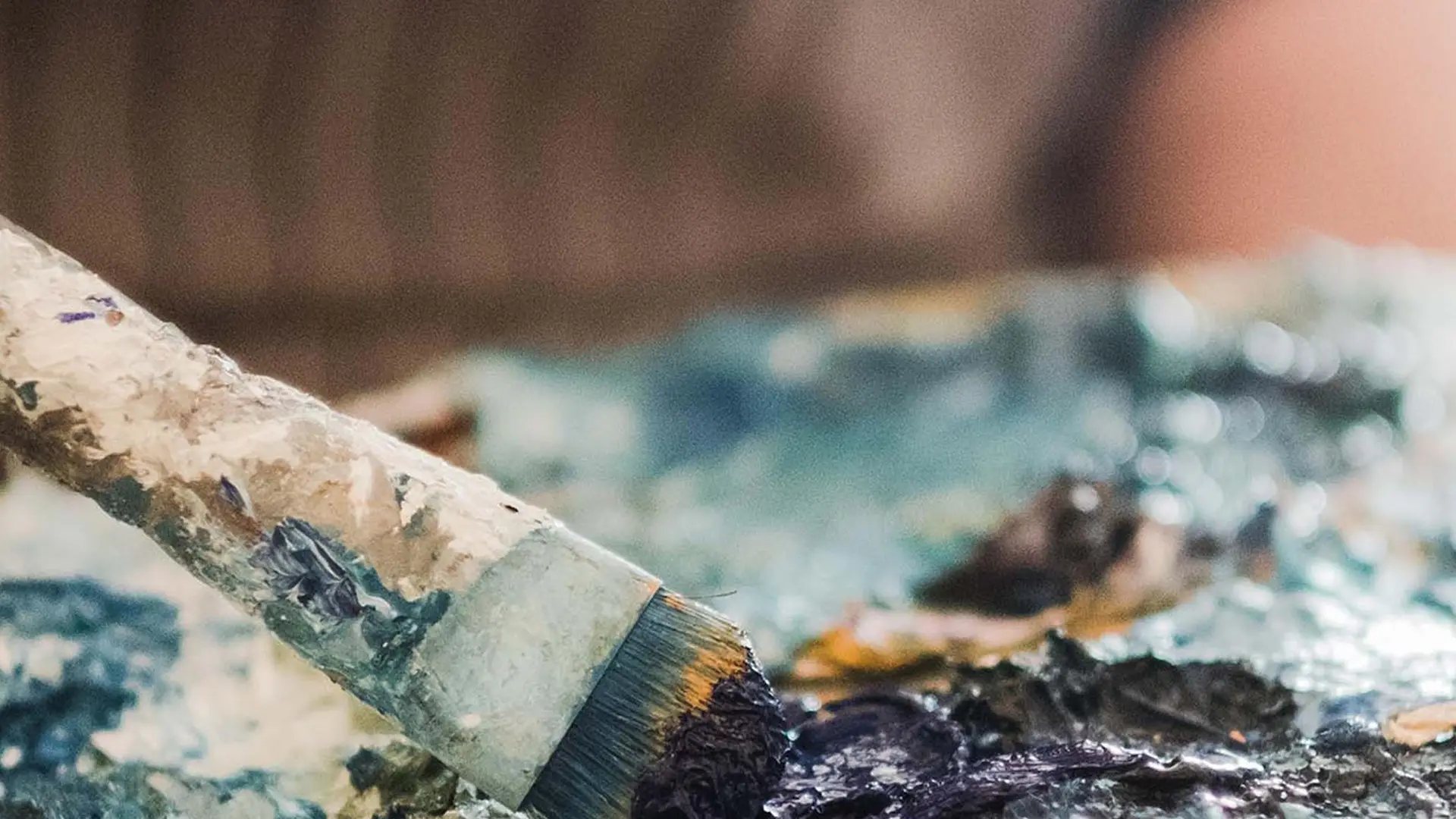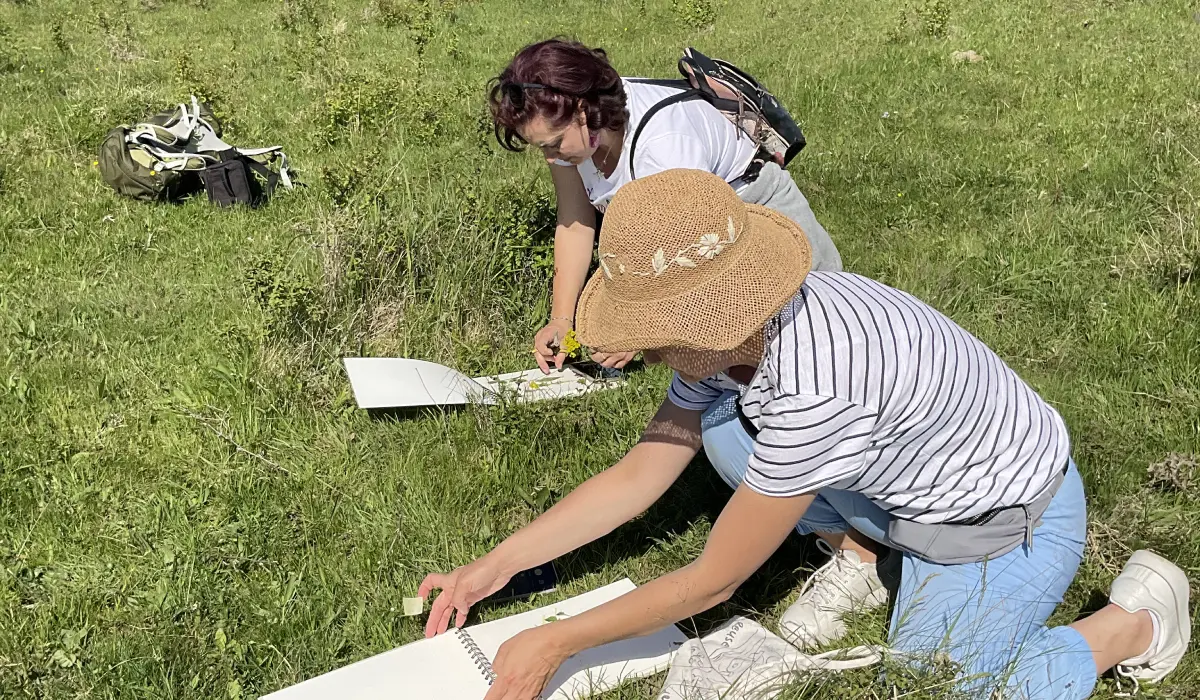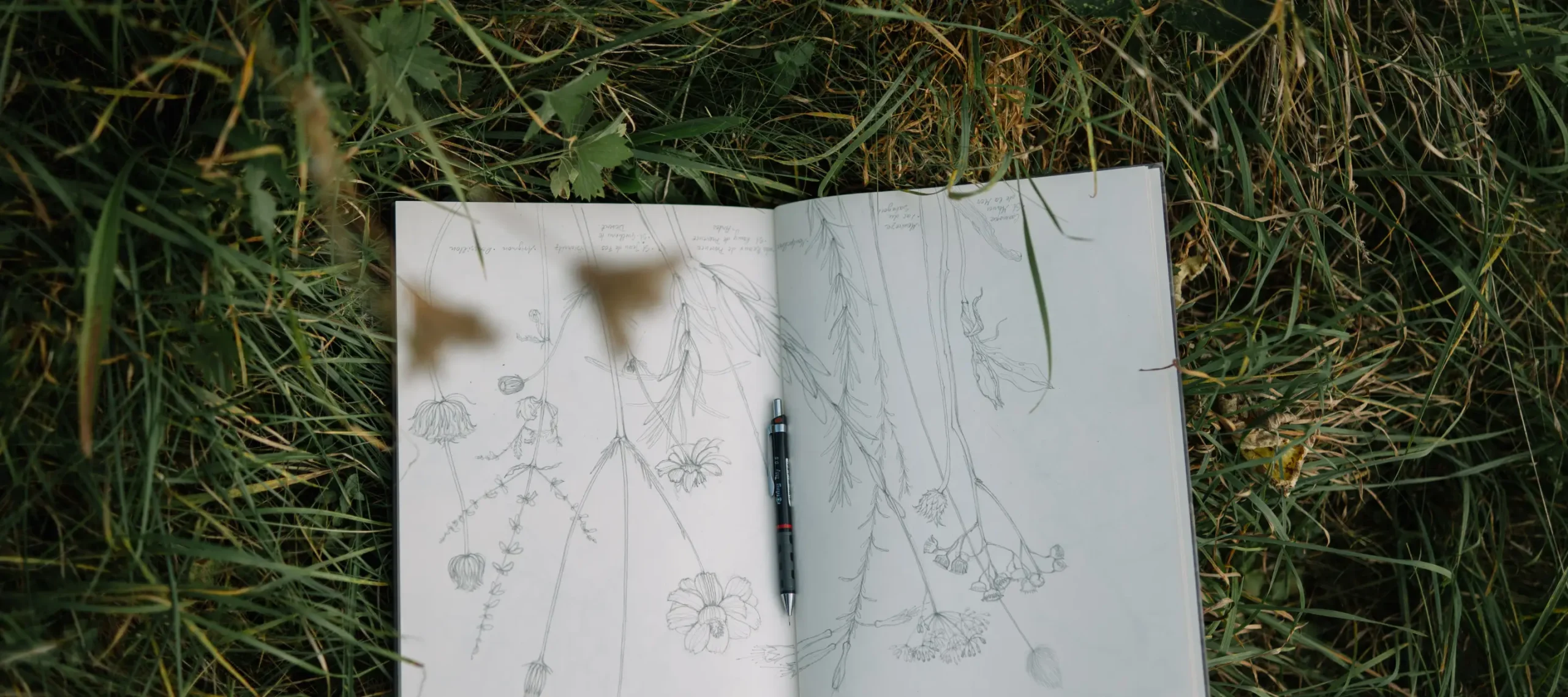How Art Shapes Our View of Nature
Depicting nature in art is never neutral—it’s shaped by cultural, historical, and social contexts. Art theory helps us understand how artists represent, interpret, and value the natural world across different times and societies. From ancient cave paintings to contemporary eco-art, artistic approaches to nature reflect broader beliefs and attitudes.
Challenging and Reframing Nature
In many traditions, nature is idealized as beautiful, pure, or spiritual. Classic landscape paintings often present nature as harmonious and timeless, separate from human concerns. This can be seen in European pastoral scenes or East Asian ink landscapes, revealing underlying philosophies about humanity’s relationship with the environment.
But art can also challenge these narratives. Since the industrial era, many artists have used natural subjects to critique human impact on the environment. Land Art, for example, involved large-scale interventions that questioned ideas of permanence and ecological responsibility. Today, artists often blend scientific data, indigenous knowledge, or activism into their work, blurring boundaries between art, ecology, and social commentary.
Materials, Context, and Meaning
The cultural framing of nature extends to materials, techniques, and display contexts. Using local or sustainable materials can signal environmental ethics, while site-specific installations engage with the history and community of a place. Museums and galleries also shape how we interpret natural subjects through curatorial choices.
Art theory encourages us to question our assumptions about nature and recognize the interplay between art and culture. By examining how artists represent the natural world, we gain insight into our values and responsibilities—reminding us that art can both reflect and reshape our relationship with the environment.



